Research Research Highlights
Research Highlights
Research Highlights
Research Highlights
Research Highlights 미리보기

Professor Hyobin Yoo’s Research Team at SNU Develops 2D Quantum Material Platform Using Moiré Lattice Superposition
Prof. Hyobin Yoo
Seoul National University College of Engineering has announced that a joint research team led by Professor Hyobin Yoo from the Department of Materials Science and Engineering, in collaboration with Professor Young-Woo Son (Korea Institute for Advanced Study) and Professor Changwon Park (Ewha Womans University), has successfully developed a two-dimensional (2D) quantum material platform through the superposition of moiré lattices.
Research Highlights Board
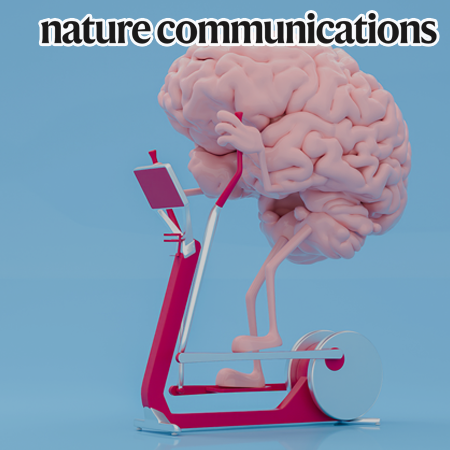
Long-term physical exercise facilitates putative glymphatic and meningeal lymphatic vessel flow in humans
Prof. Seung Hong Choi and Yukyoum Kim
A research team co-led by Professor Seung Hong Choi (School of Transdisciplinary Innovations) and Professor Yukyoum Kim (Department of Physical Education) has found that long-term regular exercise enhances both the glymphatic system—a key pathway for clearing waste from the brain—and the function of meningeal lymphatic vessels.
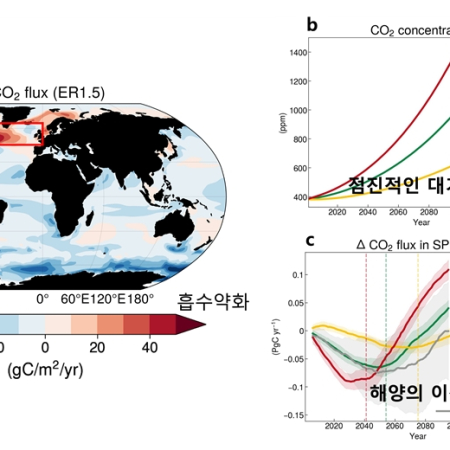
Emergence of an oceanic CO2 uptake hole under global warming
Prof. Jong-Seong Kug
A research team led by Professor Jong-Seong Kug from School of Earth and Environmental Sciences observed in the North Atlantic, once a certain threshold is crossed, the carbon absorption capacity drastically weakens even in the context of gradual climate change.
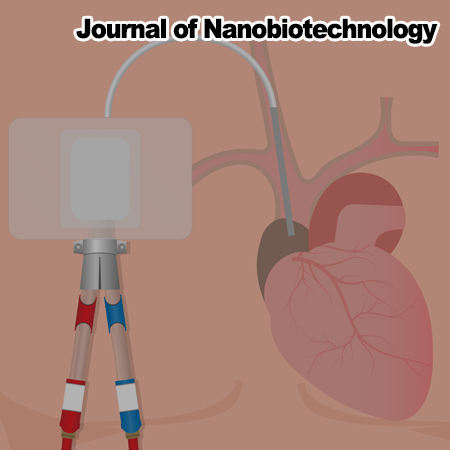
Professor Sung Jae Kim’s Research Team at SNU Develops Portable Artificial Kidney, Paving the Way for Innovation in Kidney Failure Treatment
Prof. Sung Jae Kim
Professor Sung-jae Kim's joint research team from the Department of Electrical and Computer Engineering announced they have developed a small-sized peritoneal dialysis device that can be used as a portable artificial kidney.
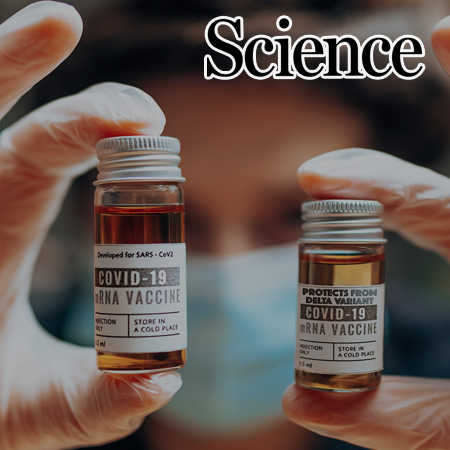
First to Uncover What Happens to mRNA Vaccines in the Body
Prof. V. Narry Kim
A Korean research team has, for the first time globally, elucidated the intracellular mechanisms by which mRNA vaccines function, marking a significant advancement in RNA-based therapeutics.
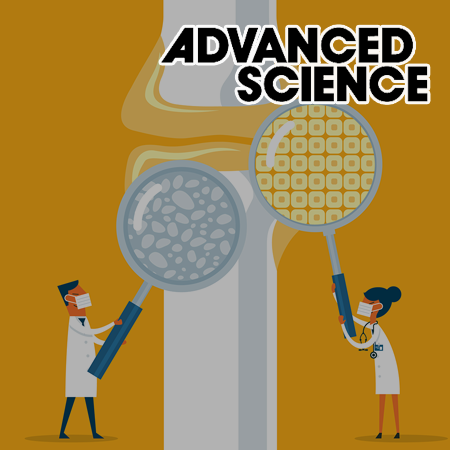
Development of MDM2-Targeting PROTAC for Advancing Bone Regeneration
Prof. Jin Man Kim
Professor Jin Man Kim's joint research team from the School of Dentistry announced that they have successfully applied PROTAC technology to the field of regenerative therapy for the first time, developing an MDM2-targeted PROTAC capable of inducing bone regeneration.

Simultaneous Detection of Neural Activity and Temperature in Photothermal Neural Stimulation
Prof. Hongki Kang
Professor Hongki Kang's research team from the School of Medicine announced that they have developed a system combining a Transparent Resistive Temperature Detector, tRTD, and Microelectrode Array, MEA, capable of simultaneously measuring temperature changes and electrical signals in cell membranes.

Redirecting electron flows in glutamate oxidases by selective anchoring of osmium complexes
Prof. Taek Dong Chung and Woon Ju Song
A joint research team led by Professors Woon Ju Song and Taek Dong Chung from the Department of Chemistry announced they have successfully achieved precise control of the electron flows within an enzyme by binding metal complexes to glutamate oxidase (GlutOx) site-specifically.

Association between antibiotic use and cardiovascular diseases in metabolic dysfunction-associated steatotic liver disease: A nationally representative retrospective cohort study
Prof. Sang Min Park
A research team led by Professor Sang Min Park from the Department of Biomedical Science announced research findings indicating the use of antibiotics in patients with metabolic dysfunction-associated steatotic liver disease may be linked to an increased risk of cardiovascular diseases.
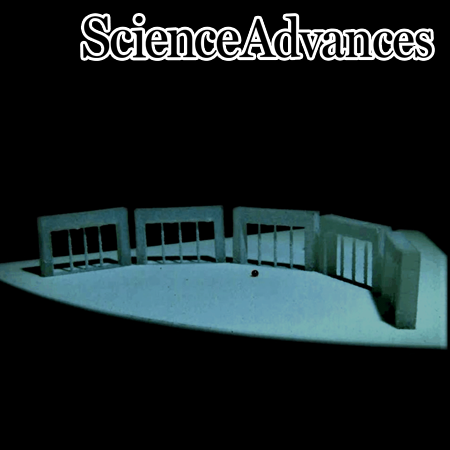
A Joint Research Team Led by SNU Professors Ho-Young Kim and Jeong-Yun Sun and GU Professor Keunhwan Park Develops a Liquid Robot Capable of Transforming, Splitting, and Merging Like Living Cell
Professors Ho-Young Kim and Jeong-Yun Sun
A joint research team led by Professor Ho-Young Kim from the Department of Mechanical Engineering and Professor Jeong-Yun Sun from the Department of Materials Science and Engineering developed a next-generation soft robot based on liquid.
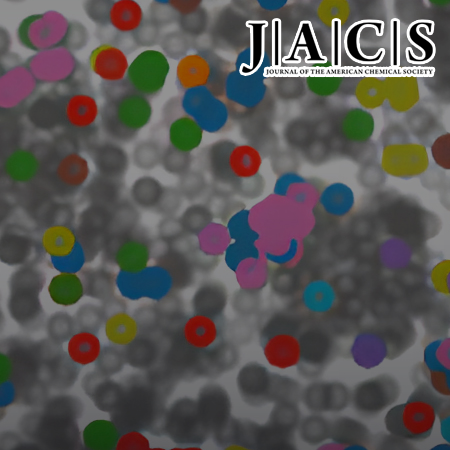
Professor Yousung Jung’s Research Team at SNU Develops Technology to Predict and Interpret the Synthesizability of Novel Materials Using Large Language Models
Professor Yousung Jung
Professor Yousung Jung from Department of Chemical and Biological Engineering announced the success in developing technology that predict the synthesizability of new materials and interpret the basis for those predictions by utilizing Large Language Model, LLM.

Abrupt sea level rise and Earth’s gradual pole shift reveal permanent hydrological regime changes in the 21st century
Prof. Ki-Weon Seo
A joint research team led by Professor Ki-Weon Seo has announced that they analyzed satellite-based sea level change signals under the assumption that a decrease in terrestrial water volume leads to sea level rise. Their findings confirmed observation values consistent with sea level rise predictions made by the ERA5-Land model.

Association between short-term exposure to air pollution and cardiovascular disease in older adults: A time-stratified case-crossover study in South Korea
Prof. Sang Min Park
A research team led by Professor Sang Min Park from the School of Medicine has analyzed the impact of short-term exposure to PM2.5 and PMcoarse on the risk of cardiovascular disease in individuals aged 65 and older, and identified associations with specific subtypes of cardiovascular disease.

